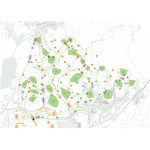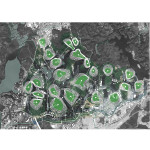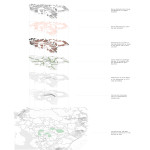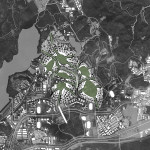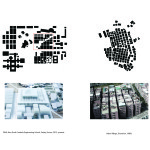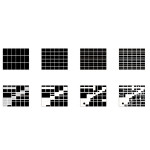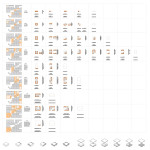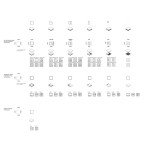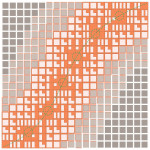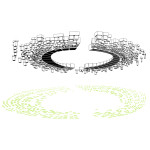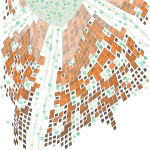Synthesized City
Living and Learning in ShenZhen
The project explores the non-physical interface between two metropolitan zones: Shenzhen and Hong Kong. An analysis of development in the two zones and the resulting imbalances reveals the importance of the university. This offers great potential to enhance social exchange between these two zones.
The concept of the proposed ‘University Town’ emerged in English-speaking countries, such as Oxford in England and Harvard in the USA. The university town idea was successfully introduced to China in the 1990s. More than fifty new university towns have been constructed on the periphery of mega-cities in China over the past two decades to integrate education resources, and also to develop sites for the production of knowledge.
Like all university towns in China, the University Town of Shenzhen has economically benefitted the city and villages around the campus. However, it also brings imbalanced development and separation between these two zones. In order to propel the transformation of Shenzhen from a low-tech manufacturing zone into an area of knowledge production, the interaction of the floating population between university and village is taken as the main focus to construct a new hypothetical system to integrate learning and living.
How can a University Town combine with villages to provide a new model that contains urban sprawl?
Can we integrate the spatial quality of urban villages with the university program to create spaces for learning and encounter?
Can we construct a relational interface as a negotiation device that shows the conflict between urban villages and university towns?

